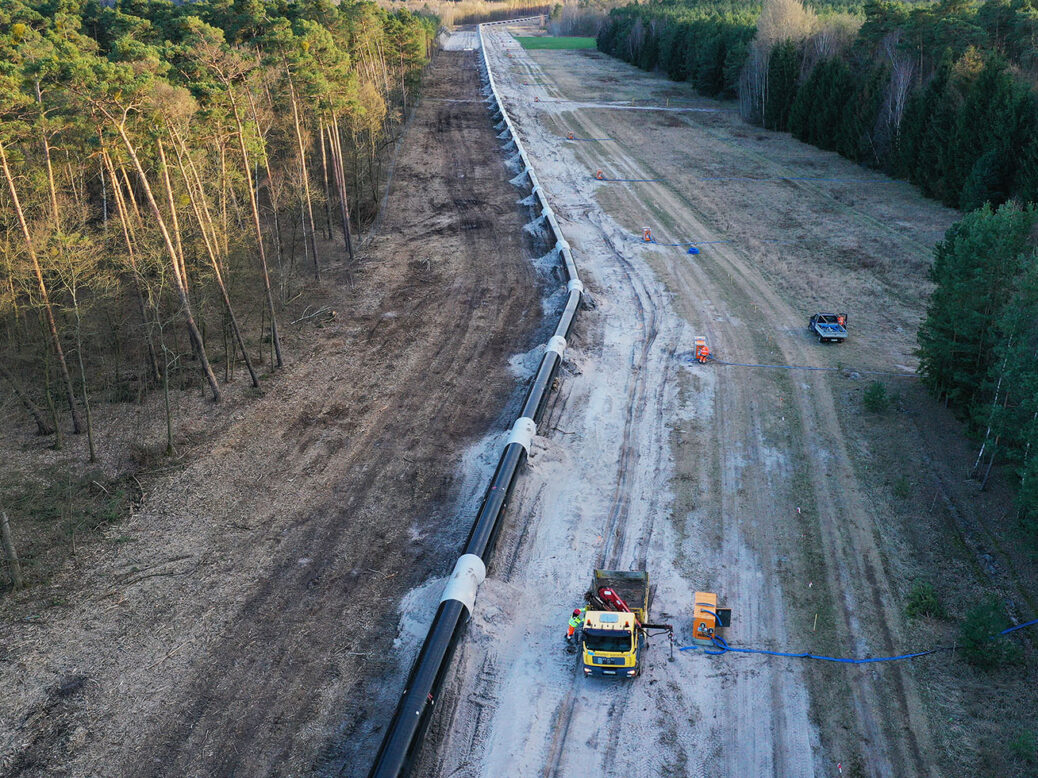
As the threat of a Russian invasion of Ukraine looms, one of the levers that Moscow has at its disposal is its valuable exports of natural gas. The EU continues to remain overwhelmingly dependent on these exports, even as tensions between Russia and the West have risen in recent years.
With the world facing a global shortage of natural gas this winter, European countries are especially reliant on Russian gas – with the almost sole exception of the United Kingdom.



